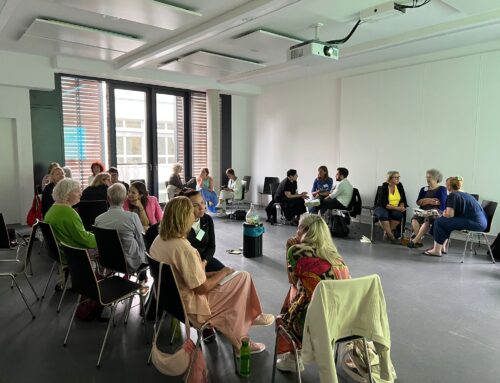Let’s agree. To disagree. Many organizations involve actively in creating a diverse workforce by improving their recruitment and onboarding. By doing so, they create a diverse workforce. However, having a diverse workforce is not the same as being an inclusive organization.
Inclusion is about making people count and engage. It means that you acknowledge the relationship and that you experience how your message can change your conversation and evolve your relationship. Inclusion cannot be decided for others nor can it be imposed upon others. We have to do inclusion together, especially when we are collaborating with people we do not agree with.
Tips
I would like to share these three golden nuggets from a deep conversation that I had about this topic with my peers:
– To be right is not very useful to improve or deepen a relationship. To be wrong is very useful in a relationship. Admitting this will give all stakeholders something to be brave enough to suck at something new and work towards a better relationship.
– You don’t have to agree about what the problem exactly is that you disagree about. Often there is not a “one problem” that lies underneath the disagreement. You don’t even need to agree that you have to get to an agreement in your conversation.
– The desire to solve a conflict is in everybody. Everybody wants to come to closure. However, your closure might differ from the closure of others. This is why I don’t like to talk about the closure of solutions that solve the problem but prefer to discuss scenarios that are helpful in going forward, in bringing the stakeholders of the relationship closer to each other.
In my view inclusion is a skill that can only be learned and developed to its mastery in the day-to-day practice of conversations.
Read more
Are you ready to take the leap and learn the true skill of inclusion? Then I recommend my article “Inclusion and the Brain” . This article is about Intentional Inclusion, an important skill for every person – and especially for leaders – to develop in order to mitigate the impact of biases. This is explored with findings of neuro-scientific research about exclusion of information in the brain and body, the pain that is evoked by social exclusion and the self-selling logic of biases. An example is given how biases operate and how the coaching-tool of the C-IQ Ladder of Conclusions can be used to mitigate bias. The article is part of the book Changing Conversations for a Changing World, compiled by theEuropean C-IQ Collective (2020).





